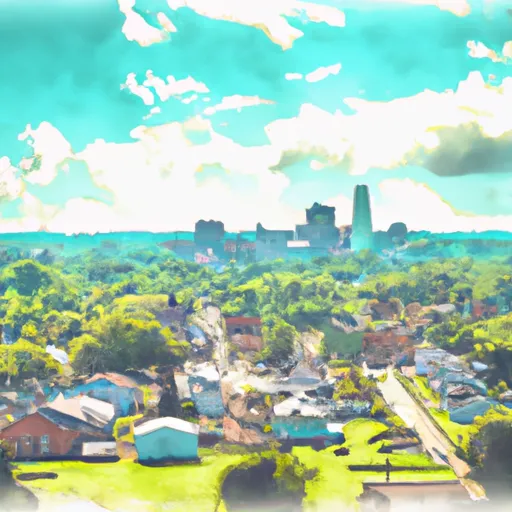°F
°F
mph
Windspeed
%
Humidity











Tontogany is a small village located in Wood County, Ohio. The climate in Tontogany is classified as a humid continental climate, characterized by warm summers and cold winters. Average temperatures range from around 20°F (-6°C) in winter to 80°F (27°C) in summer. Precipitation is fairly evenly distributed throughout the year, with an average annual rainfall of about 38 inches (965 mm) and occasional snowfall during winter months.
The village is situated near the banks of the Maumee River, which provides hydrology constituents to the area. The river offers opportunities for boating, fishing, and other water-based activities. Additionally, there are several small creeks and streams in the surrounding area, enhancing the natural beauty of the region.
Outdoor recreation opportunities in Tontogany include several parks and nature reserves nearby. Harrison Quarry State Nature Preserve, located just a short distance away, offers hiking trails and opportunities for birdwatching. Oak Openings Preserve Metropark, situated to the northwest of Tontogany, features diverse ecosystems, trails, and picnic areas. These outdoor spaces provide residents and visitors with opportunities to enjoy nature and engage in various recreational activities.
Weather Forecast
Tontogany receives approximately 891mm of rain per year, with humidity levels near 83% and air temperatures averaging around 10°C. Tontogany has a plant hardyness factor of 6, meaning plants and agriculture in this region thrive during a short period during spring and early summer. Most plants will die off during the colder winter months.
Regional Streamflow Levels
47
Cubic Feet Per Second
19
Cubic Feet Per Second
24
Cubic Feet Per Second
87
Cubic Feet Per Second
Nearby Camping
| Camping Area | Reservations | Toilets | Showers |
|---|---|---|---|
| Groveland Oaks County Park | |||
| Bishop Lake - Brighton Rec Area | |||
| Appleton Lake - Brighton Rec Area | |||
| Mary Jane Thurston State Park | |||
| Holly State Rec Area | |||
| Highland State Rec Area |



